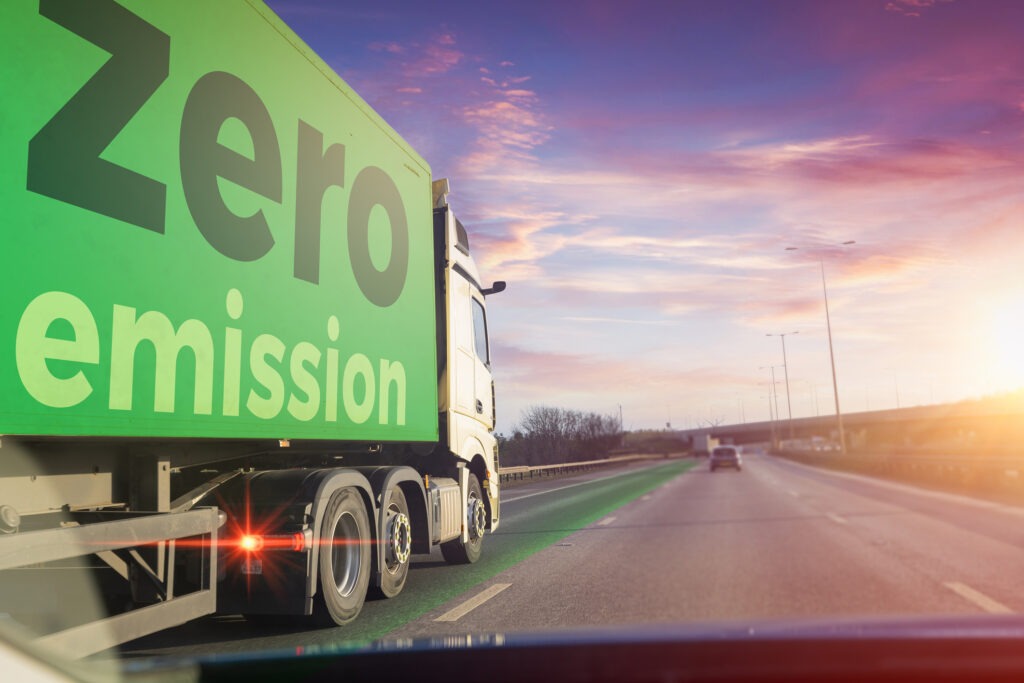New-car registrations fall in Switzerland as used prices drop
23 July 2024

The Swiss automotive market has seen declines in the first half of 2024. Hans-Peter Annen, head of valuations and insights Switzerland at Eurotax (part of J.D. Power), explores the latest trends and offers an outlook for 2024 with Autovista24 editor Tom Geggus.
The positive momentum built up on the Swiss new-car market in 2023 did not make it through to the first half of 2024. Between January and June, 121,218 new passenger cars were delivered across Switzerland and Liechtenstein.
This equated to a 2% year-on-year registrations drop and a 23% fall compared with figures from 2019. With the COVID-19 pandemic and the following supply-chain crisis now in the past. Carmakers are able to deliver meaning order backlogs have long since been cleared. However, ongoing international conflicts have created a reluctance to buy, especially when it comes to battery-electric vehicles (BEVs).
Hybrids pull ahead
Of all the passenger cars registered in the first half of 2024, a total of 70,583 were electrified, up 4.1% year on year. This category, including BEVs, plug-in hybrids (PHEVs), full hybrids (HEVs) and mild hybrids (MHEVs), claimed a market share of 58.2%. This was an improvement of 4.8 percentage points (pp).
Unpacking the specific electrified powertrains, 21,387 BEVs were delivered in the first half, down 7.7%. This meant the all-electric technology made up 17.6% of the country’s overall new-car market, down 1.1pp. Meanwhile, PHEVs remained stable, with 10,623 registrations, dropping just 0.1%. This resulted in a share of 8.8%, up 0.2pp.
The hybrid market, made up of HEVs and MHEVs, reached a combined 38,573 units, up 13.6%. This meant the technology claimed a leading 31.8% share of the market, up 4.4pp. Only 38,400 cars were powered by petrol, down 12.9%, claiming a 31.7% hold. Diesel models saw registrations grow by 3% to 12,221 units, with a market share of 10.1%, up 0.5pp.
The June breakdown
June contributed to the poor performance of the new-car market across the first half of the year. With 22,689 new cars registered in the month, the market shrank by 10% compared to June last year. The weak performance of BEVs only served to hamper the results, with 4,216 units delivered, down 19.3% year on year.
Only hybrids recorded an increase in June, up 17.4% to 7,921 registrations. In the coming months, the hopes of the Swiss market will rest on this powertrain category. This resurgence could help reverse the market trend into positivity while making up for weakening BEV numbers. However, this means that it is unlikely for the market to return to pre-COVID-19 figures in the foreseeable future.
Strong monthly fluctuations
Recent years have seen used-car transactions fall in Switzerland with low demand and high supply. Despite this trend, the number of ownership changes grew in the first half of 2024. A total of 387,450 transactions took place, up 1.5% year on year.
The market performed very poorly in March due to calendar factors, but this was offset by an exceptionally strong April. June saw 62,590 transactions, down 9.9% on a high-performing month last year. Due to strong monthly fluctuations, trends in changes of ownership should be reviewed over a period of several months.
A slight increase in transactions can be expected in the third quarter. Changes of ownership are not only dependent on the weakening new-car market and the resulting trade-in transactions but also on the number of registrations for the remaining vehicle stock.
Falling asking prices
The number of used cars on offer has been building back up for some time. Levels across all age groups are now only slightly below where they were before the pandemic.
Cars up to two years of age are the only exception. Supply of these younger used vehicles is down by around 30% compared with the beginning of 2020. Meanwhile, the supply of cars from other age groups has either returned to the same point or are now higher.
With strong supply levels and subdued demand, used-car prices have been under pressure since 2023. This trend continued into the first half of 2024, with offer prices continuing to fall.
Compared to levels recorded in February 2020, the Eurotax used-car price index is still 6.2% higher than before the pandemic. However, the index peaked in the summer of 2022, up 16.1%, illustrating the recent deterioration of prices.
All powertrains and age categories benefitted from the exceptional market situation until the end of 2022. Since then, prices have fallen significantly. HEVs were a major exception to this trend. The powertrain saw more gentle growth until 2022, at which point prices dropped more subtly than for other drivetrains.
However, BEVs recorded a slight and temporary price increase across all age categories up until 2022. Since the end of that year, the powertrain has experienced the most significant price decreases.
Consumer sentiment key
Alongside the conditions of the new and used-car markets, the development of prices will depend upon consumer sentiment. A major part of this is the acceptance of new and used electric vehicles.
With uncertain global situations, inflation and high energy costs, consumer confidence remains subdued for the technology. This is offset by a large range of new cars which benefit from discounts and incentives. There is also a healthy range of used electric models available.
The increasing new-car price war and the stubbornly high number of used cars are meeting with subdued demand. In the coming months, this is also likely to lead to a slight decline in overall residual values.
*Since the beginning of 2022, the Federal Roads Office, ASTRA, has provided figures for changes of ownership. Before that, up to and including June 2022, ASTRA supplied raw data with all changes in the Swiss vehicle stock. The analysis of changes of ownership was carried out by Eurotax, partly with assumptions. The figures calculated in this way were approximately 3% higher than the values according to ASTRA’s evaluations from 2022 onwards. Therefore, the figures for 2022 are based on ASTRA data. The values up to and including 2021 are shown according to the previous method. This must be taken into account when comparing the figures for 2022 with previous years. Comparisons are therefore only possible to a very limited extent, if at all.



